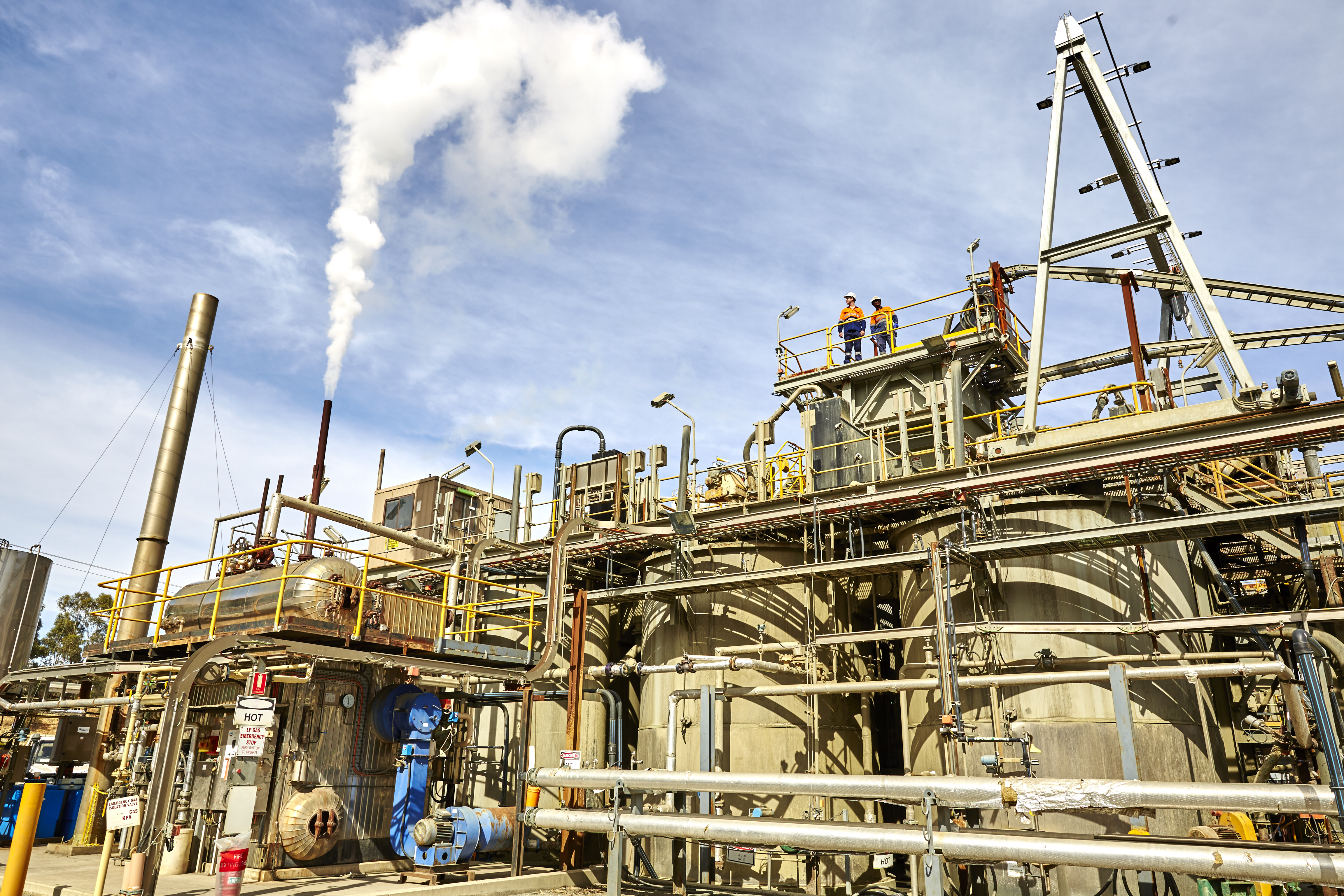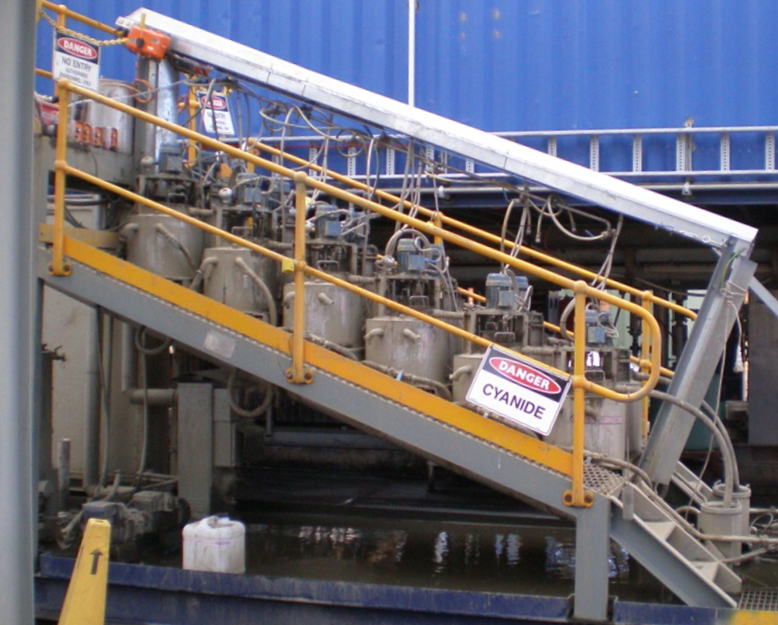Challenge
• Reduce gold losses
• Reduce capital cost
• Implement integrated water balance process
Solution
• Metso Outotec BIOX®
• Metso Outotec HiTeCC™
• Metso Outotec ASTER™ Process
Benefit
• Improves gold recovery
• Low CAPEX and operating costs
• Water recirculated in plant
The Fosterville operations of Agnico Eagle Mines Limited is a high-grade, low-cost gold mine located 20 km east of the city of Bendigo in the state of Victoria, Australia. Fosterville’s ore is processed at the mine’s ~830,000 tonnes per year mill.
Commissioned in 2005, the operation then comprised of a crushing and grinding circuit followed by flotation, Bacterial Oxidation (BIOX®) and CIL areas. In 2008, Fosterville Gold Mine pioneered the development of a high temperature preg-robbing mitigation process. This highly successful technology, HiTeCC (high-temperature caustic conditioning), commercialized in 2009 at the site has since been demonstrated to increase overall plant recoveries by up to 12%.
As a non-discharge site, Fosterville Gold Mine have maintained their commitment to strengthening the sustainability of the site’s water balance through the application of innovative technologies. Among them is the Metso Outotec ASTER™ process. As a frontrunner in sustainable technologies, Metso Outotec was in a unique position to understand the requirements and partner with Fosterville to deliver an effective solution for the reuse of benign solutions.





